A Városi zöldfelületek öntözési vízigényének meghatározása címmel írt szakdolgozatot Szentirmai Piroska a Budapesti Műszaki és Gazdaságtudományi Egyetem Vegyészmérnöki és Biomérnöki Kar környezetmérnök hallgatója, aki a kutatómunkája részeként arra a következtetésre jutott, hogy a budapesti öntözés nem tervezetten, hanem inkább ad hoc módszerrel történik, emellett a jelenleg kiépített rendszer sem működik sokszor megfelelően.
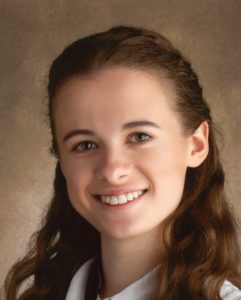
LIFE Városi Eső projektben leírt idősoros alapú, vízmérleg számításon alapuló csapadékvíz-tározó méretezési módszertan alkalmazásának elterjedésével véleménye szerint lehetővé válna hatékonyabban működő tározók létesítése, ezáltal fejlesztve a budapesti csapadékvíz-gazdálkodási rendszert.
Interjúnkban Szentirmai Piroskát kérdeztük a szakmai tapasztalatairól, a nehézségekről és javaslatokról, a Városi Eső programhoz való kapcsolódásról.
Miért választottad éppen ezt a témát, miért tartottad fontosnak?
Kiskorom óta érdekelt a vízkörforgás, a vízi ökoszisztémák, vízvédelem, és egyetemi tanulmányaim során is az ezekkel a területekkel kapcsolatos előadásokat élveztem a legjobban. Szerencsémre a BME Vízi Közmű és Környezetmérnöki Tanszékén pont akadt egy témajavaslat, ami a városi zöldfelületek öntözésének vizsgálatáról szólt, annak a felderítéséről, hogy az öntözés mekkora vízfogyasztást jelent, megoldható lenne-e alternatív forrásokból fedezni ezt a vízigényt és milyen lehetőségek vannak ennek optimalizálására.
Ahogy elkezdtem utánakeresni a témának a hazai és nemzetközi szakirodalomban, úgy vált egyre érdekesebbé számomra, ugyanis ekkor találkoztam először olyan módszerekkel, amelyekkel már közelítőleg meghatározható a városi zöldterületek öntözési vízigénye.
Az éghajlatváltozásnak köszönhetően valószínűsíthetően az egyre gyakrabban és egyre több helyen bekövetkező vízhiány, illetve a vízdíjak várható emelkedése miatt az öntözési rendszer újragondolása és tudatosabb tervezése elengedhetetlenül fontos és megkerülhetetlen, illetve még inkább az lesz a közeljövőben. Emiatt úgy vélem, hogy a városi csapadékvíz-gazdálkodással, a zöldfelületek tényleges vízigényének meghatározásával és csapadékvíz-tározók megfelelő méretezésének témájával kapcsolatos kutatásokra egyre nagyobb szükség van, így úgy éreztem, hogy a szakdolgozatom és az ugyanebben a témában írt TDK dolgozatom által én is létrehozhattam e tekintetben hasznos anyagokat.
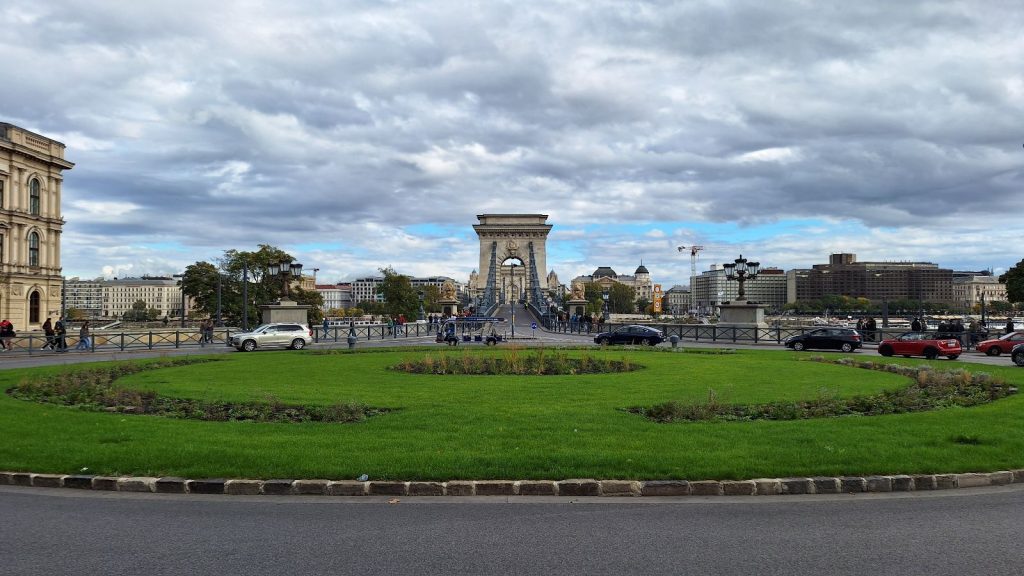
Milyen nehézségekkel találkoztál a dolgozatírás közben?
A téma kidolgozása során meglepve tapasztaltam, hogy nem igazán lelhető fel a hazai szakirodalomban kifejezetten városi zöldfelületek öntözési vízigényének meghatározásával kapcsolatos tudományos cikk, kutatás, ezért felmerültek olyan nehézségek a dolgozatom megírása során, hogy egy adott módszerben szereplő paraméternek nincs magyar megfelelője, ugyanis itthon még nem ismerik.
A jelenlegi öntözési rendszer megismerésében, a vizsgált helyszínek adatainak és vízfogyasztásainak összegyűjtésében a FŐKERT Nonprofit Zrt. egyik munkatársa volt segítségemre. Azonban számos területnél nehezen volt behatárolható az öntözött zöldfelület pontos nagysága, illetve, hogy melyik vízóráról történik az öntözés. Emellett a vízfogyasztási értékek esetén is ütköztem olyan problémába, hogy adott hónaphoz nem tartozott fogyasztásadat, ugyanis előfordult, hogy lebetonozták, ellopták a vízórát vagy építkezés miatt nem volt lehetséges az óra leolvasása. Egy másik nehézség az volt, hogy nem álltak rendelkezésre napi adatok a vízfogyasztásról, így csak havi léptékben tudtam ezeket beszerezni. Ezek a tényezők megnehezítették a vizsgált zöldterületek tényleges vízfogyasztásának pontos meghatározását.
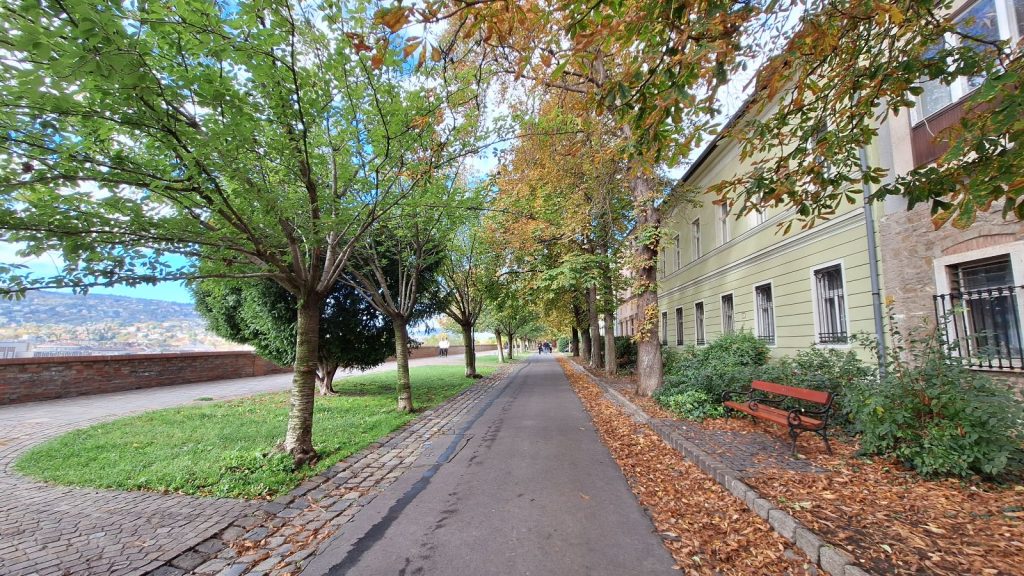
Mi alapján választottad ki éppen az Öröm utcát kutatási területnek?
A választásom azért esett az Öröm utcában létesülő tározóra, mert tavaly nyáron a XII. kerületi Zöld Irodánál végzett szakmai gyakorlatom során mesélték, hogy a kerületben tervben van csapadékvíz-tározók létrehozása, és ez volt az a helyszín, amire már a tervdokumentáció is elkészült. Ezáltal lehetőségem nyílt beszélni a méretezést végző építőmérnökökkel és megnézhettem a terveket, így a ténylegesen tervezett paraméterekkel tudtam számolni az idősoros méretezés során.
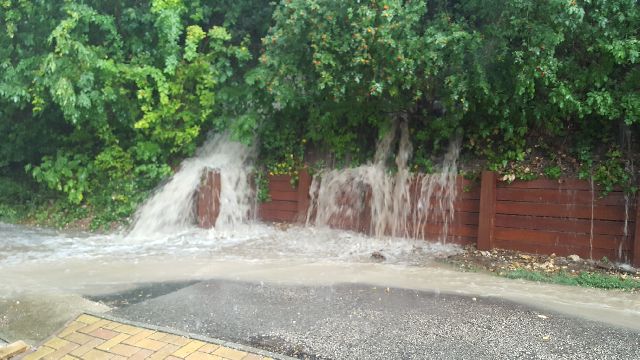
Tervezed-e a kutatás folytatását?
Most kezdtem a Vízi Közmű és Környezetmérnöki Tanszéken dolgozni, így lehetőségem nyílt a kutatásom folytatására. Jelenleg azt vizsgálom, hogy a különböző, városi zöldfelületek öntözési vízigényének meghatározására nemzetközileg kidolgozott empirikus összefüggések mennyire alkalmazhatóak Magyarországon, illetve melyiket lehetne lehatékonyabban a hazai viszonyokhoz igazítani. Az öntözési vízigény becslést a későbbiekben ki lehetne terjeszteni egész Budapestre, majd Magyarországra, aminek segítségével pontos képet lehetne kapni arról, hogy a városi zöldfelületek öntözése mekkora részét képezi a városi vízfogyasztásnak. Emellett érdekes lenne megnézni, hogy milyen lehetőségek lennének városüzemeltetés szempontjából egy ilyen alapon működő öntözőrendszer beillesztésére a vízi közmű távvezérelt rendszerébe.
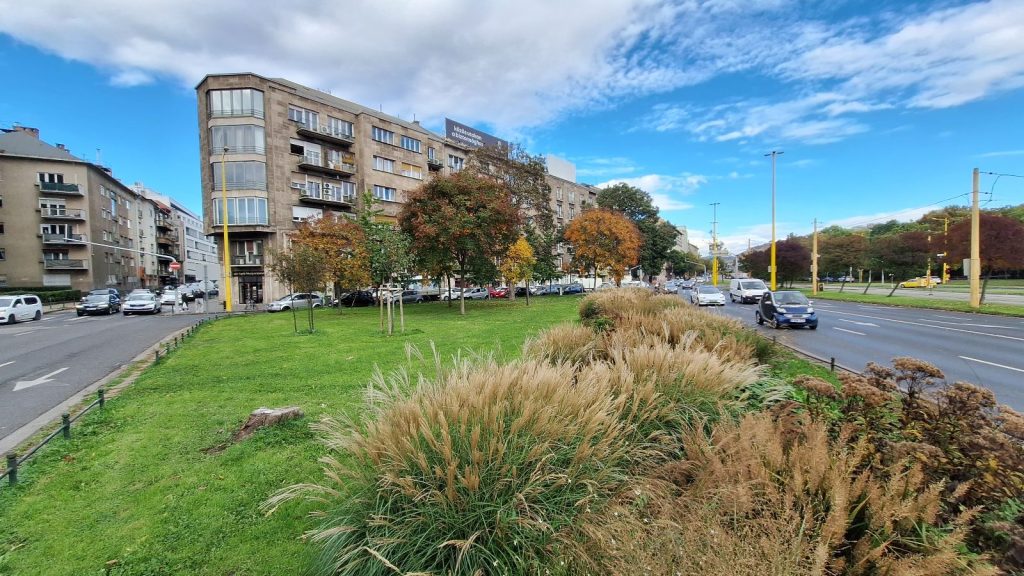
Hogyan kapcsolódik a téma a Városi Eső projekthez?
A városi zöldfelületek öntözési vízigényének pontosabb meghatározásával lehetővé válna a kiöntözött vízmennyiségek optimalizálása, ezáltal értékes ivóvíz-igény csökkentésére is lehetőség nyílik. A kutatásomban alkalmazott idősor alapú méretezési módszer a LIFE Városi Eső projekt keretében került kidolgozásra, és lehetővé teszi, hogy olyan méretű csapadékvíz-tározó létesüljön, ami egy adott terület öntözési vízigényét megfelelő hatékonysággal ki tudja szolgálni, illetve pontos képet adhat arról, hogy egy adott méretű tározó mekkora zöldfelület vízigényét képes fedezni. Ez egy olyan lehetséges megoldás, amely elősegíti a városi klímaadaptációt a csapadékkezelés terén, ami a Városi Eső projekt egyik fő célkitűzése.
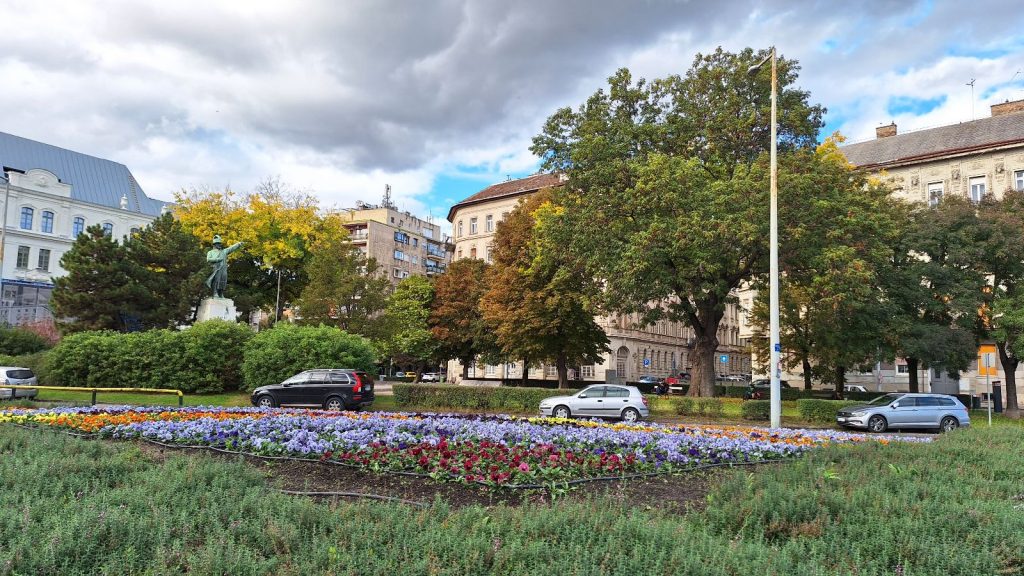
Kikkel tudtál együttműködni kik segítettek a munkád során?
Szerencsémre nagyon sok segítséget kaptam ahhoz, hogy jobban megismerkedjek a budapesti öntözési rendszerrel, illetve a különböző kék-zöld infrastruktúra és csapadékvíz-gazdálkodási megoldásokkal. Ebben nagy szerepe volt annak, hogy a 6 hetes szakmai gyakorlatomat a XII. kerületi Zöld Irodánál tölthettem, ahol nagyon segítőkészek és kedvesek voltak velem. Ezáltal volt lehetőségem megnézni a kerületben a Szepesi utcai helyszínt, ahol elmagyarázták a tervben lévő vízelvezetési megoldást, emellett ellátogathattam a VII. kerületbe a Klauzál téri vásárcsarnokba, ahol körbevezettek, megnézhettem a tervezett esővízgyűjtő helyét és a tervrajzokat. Mindemellett a XVIII. kerületben tervezett kavicsgyepes parkoló és a Kolbányi Géza utca vízelvezetési megoldását is megmutattatták.
A budapesti öntözési rendszernek, módszernek és a helyszínek tulajdonságainak megismerésében a FŐKERT egyik munkatársa nyújtott óriási segítséget. Általa tudtam meg, hogy melyik helyszínen milyen típusú öntözés zajlik, melyek a jellemzői a rendszernek.
A dolgozatom összeállításában és az egész kutatás során rengeteg segítséget és útmutatást kaptam a szakdolgozat konzulenseimtől, akik megismertették velem a LIFE Városi Eső projektet, amelynek aktív közreműködői is.
Fotók: Szentirmai Piroska
Budapesti Műszaki és Gazdaságtudományi Egyetem
Vegyészmérnöki és Biomérnöki Kar
Környezetmérnök BSc
VÁROSI ZÖLDFELÜLETEK ÖNTÖZÉSI
VÍZIGÉNYÉNEK MEGHATÁROZÁSA
BSc szakdolgozat
Készítette:
Szentirmai Piroska, környezetmérnök BSc
Témavezető:
Dr. Clement Adrienne, Vízi Közmű és Környezetmérnöki Tanszék, egyetemi docens
Konzulensek:
Horváth – Varga Laura, Vízi Közmű és Környezetmérnöki Tanszék, tudományos
segédmunkatárs
Ács Tamás, Vízi Közmű és Környezetmérnöki Tanszék, tudományos segédmunkatárs
Decsi Bence, Vízi Közmű és Környezetmérnöki Tanszék, tudományos segédmunkatárs
Budapest, 2023


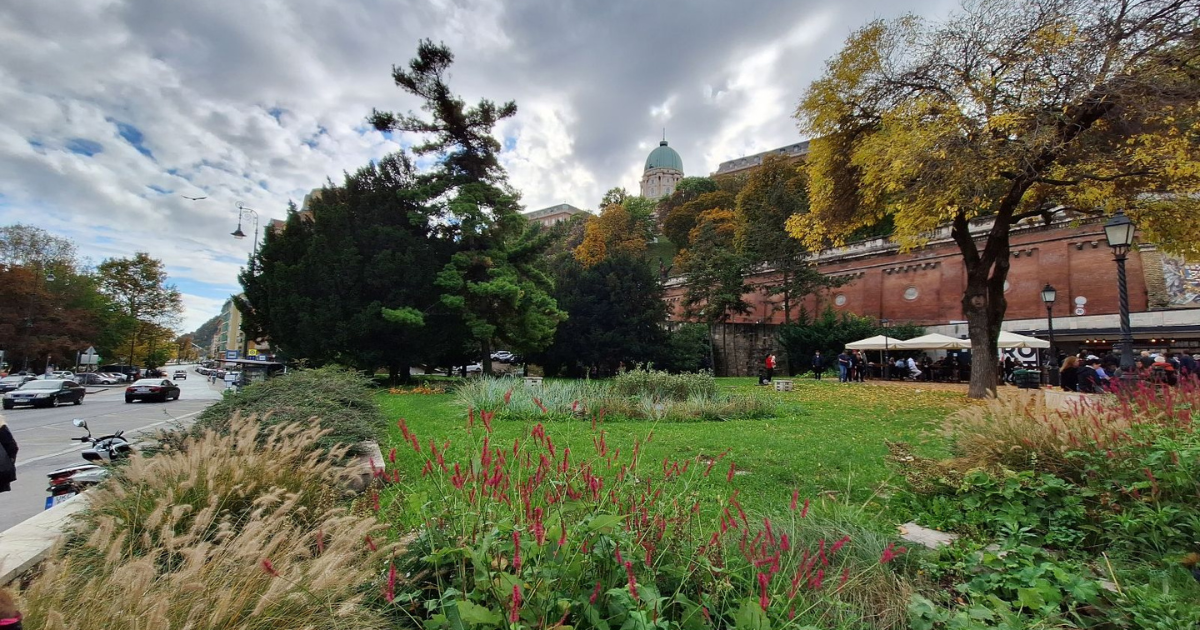
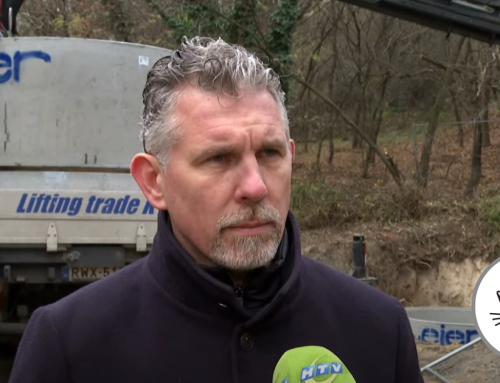
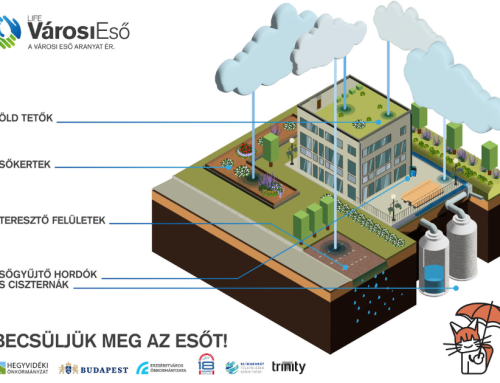
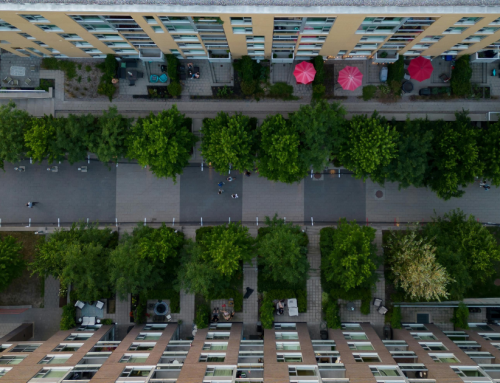

Hagyj üzenetet